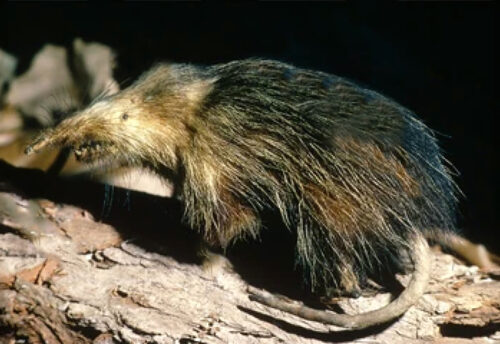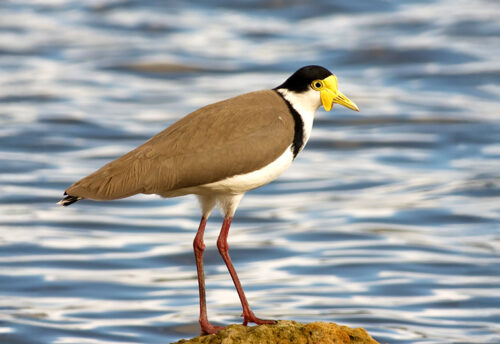
The Manitoban elk can be found in north-central Alberta, Manitoba, and Saskatchewan. These elk are larger than the North American elk but possess smaller antlers. This subspecies of elk was driven to near extinction in the 1900s, but has since made a great comeback. Manitoban elk prefer woodlands, clear cuts, aspen-hardwood forests, coniferous swamps, open mountains, and coniferous-hardwood forests. They are listed as Least Concern by the IUCN.
First the Stats…
Scientific name: Cervus canadensis manitobensis
Weight: Up to 1,000+ lbs.
Length: Up to 8 feet
Height: Up to 4.9 feet, at the shoulder
Lifespan: Up to 20+ years
Now on to the Facts!
1.) Manitoban elks are highly social, amongst their own kind, and are seldom found individually.
2.) For an ungulate (hooven animal), they are very vocal.
3.) Like all elk, their impressive antlers regrow by summer. They are encased in velvet (the fleshy soft covering that protects the bone growth). The velvet is then rubbed off during the rut, to expose the bony antlers, used for fighting other males.
4.) They make frequent squeals and grunts to keep in contact with each other, as they roam. When alarmed, the cows (female elk) give a sharp barking sound, to warn the others of impending danger. The whistling roar of a male can be heard for great distances.
5.) Unlike other deer, elk have upper canine, aka eye, teeth. This is a remnant of their prehistoric ancestry and these teeth now serve no purpose.
But wait, there’s more on the Manitoban elk!
6.) These herbivores (eat plant matter) graze on grasses, leaves, and twigs.
7.) Each season, females give birth to a single calf, after up to a 6 month gestation (pregnancy).
Did you know…?
The antlers of a Manitoban elk can measure up to 4 feet long and weigh up to 40 lbs.!
8.) Their primary predators are wolves, coyotes, bobcats, and black bears.
9.) Manitoban elk antlers typically have 6 tines, or branches.
10.) They don’t migrate. So instead, they use a series of behavioral patterns, like movement, aggregation, and sheer vigilance, to avoid being preyed on.
Now a Short Manitoban Elk Video!
Be sure to share & comment below! Also, check out the Critter Science YouTube channel. Videos added frequently!
Want to suggest a critter for me to write about? Let me know here.



